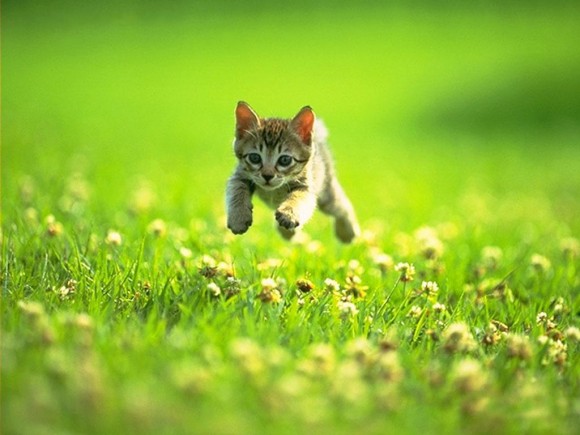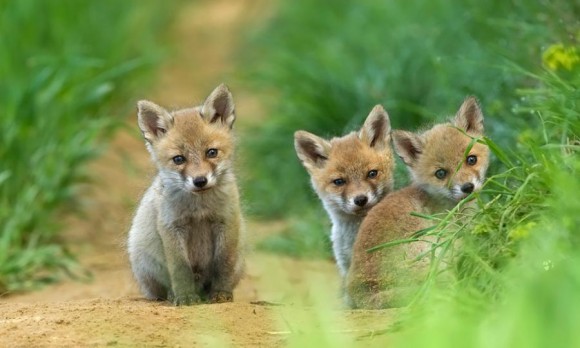Greenhouse gases. Global warming. Sustainable energy. Depending on your views, those words might make you feel depressed about the future of our world, or hopeful that people will be able to solve the energy problems ailing the world today. How people obtain their energy has a widespread environmental implication. In the United States, the majority of greenhouse gas admissions are related to energy consumption.1 Greenhouse gases play a key role in global warming by trapping heat in the ozone layer, thus warming the planet. Global warming, in turn, affects the environment as a whole by changing ecosystems and making certain habitats inhabitable to some native species, thus placing unnatural stress on the ecosystem.
According to the U.S. Environmental Agency, in 2011, the United States emitted about 6.7 billion metric tons of carbon dioxide into the atmosphere.1 Other greenhouse gases emitted by the United States include methane, nitrous oxide, hydrofluorocarbons, perfluorocarbons, and sulfur hexafluoride.1 Water vapor and greenhouse gases are also emitted, but are not counted in greenhouse gas inventories.
In 2011, the majority of greenhouse gas emissions in the United States were energy-related. 92% of the energy-related greenhouse gases were from fossil fuels.1 The three main fossil fuels used in the United States – petroleum, coal, and natural gas – provide the majority of the energy for the country, and also are the main source of greenhouse gases.1
Though fossil fuels are a convenient source of energy now, they are non-renewable and thus are not a sustainable source of energy for the future. Fossil fuels take millions of years to form because they are made when organic matter is compressed under layers and layers of rock.2 However, scientists have also discovered many renewable sources of energy that may prove to be sustainable in the future.
For example, the sun provides a source of energy for many hours of the day for most places on earth. Most of the energy is not harnessed, but through solar panels, people can convert the sun’s energy to a form that can provide them with power. Many places have successfully used solar panels to provide energy. For example, in California, there has been a tenfold increase in the number of solar panel installations since 2006.3 The use of solar panels has been so successful that California plans on installing banks of batteries to store the surplus energy generated from the panels when the sun’s rays are at its strongest.3 However, batteries are expensive. In California, it could cost billions of dollars to make and install them so they can store the surplus energy made from solar panels. Also, the power grid will probably need to be modified to accommodate the increase in solar power and the use of batteries to store energy.
Solar panels seem to be a promising source of renewable energy in the future. However, there are also many other sources of renewable energy. Biofuels allow people to convert biomass and plants into fuel. A lot of the gasoline in the United States contains ethanol, a biofuel formed through the processing of corn. In addition, wind, tidal power, and geothermal power might be used in the future to provide renewable sources of energy.
1“U.S. Energy Information Administration – EIA – Independent Statistics and Analysis.” EIA’s Energy in Brief: What Are Greenhouse Gases and How Much Are Emitted by the United States? N.p., n.d. Web. 05 Feb. 2014.
2“Energy.gov.” Fossil. N.p., n.d. Web. 03 Feb. 2014.
3Ward, Matthew L. “Catching Rays in California, and Storing Them.” New York TImes. N.p., n.d. Web. 5 Feb. 2014.




